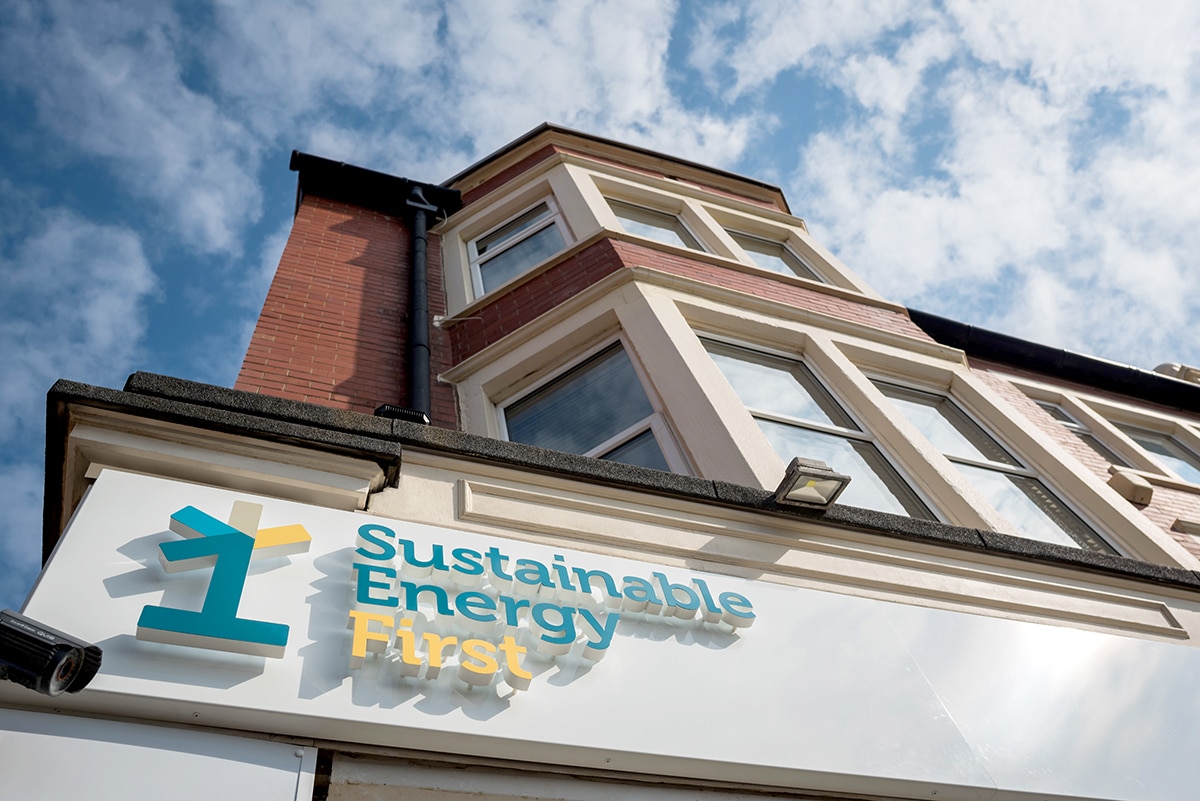A full energy audit
You will need to provide a comprehensive energy audit that includes at least one year’s energy measurement, from any time between 6th December 2015 and 5th December 2019.
This must detail your organisation’s total energy use during that time period, including energy consumed by transport. You’ll then need to identify assets and activities that account for at least 90% of your total energy consumption – these are your areas of significant energy consumption. You can choose whichever activities you wish to exclude, and you can exclude up to 10% of your total consumption.
Provide verifiable data
The data you collect for your energy audit must:
- Include 12 months of consecutive energy data
- Begin no more than 12 months before the start of the Phase 2 compliance period
- Begin no earlier than 24 months before the start of your first ESOS audit
- Not extend beyond the compliance date (5th December 2019)
- Not have been included in your Phase 1 ESOS audit
Your data should be verifiable, so you should provide proof where possible, whether in the form of invoices, meter readings, stock records or similar. If you can’t provide verifiable data on your energy use, you will need to explain why in your evidence pack and provide a reasonable estimate of your consumption instead.
You will need to provide a reference period that includes the qualification date (31st December 2018), but ends before the compliance date. It’s your organisation’s status at that date that determines whether you need to comply – if you leave your parent company after that date, for example, you still need to report on ESOS.
Make realistic recommendations
Your energy audit must identify areas for improvement and include recommendations for cost-effective energy efficiency measures across all aspects of your consumption. These measures could include anything from installing smart meters to replacing business trips with video calls where possible, but they should be realistic and appropriate for your organisation to implement.
You’ll also need to calculate how much you could save by improving your energy efficiency, with a life-cycle cost analysis (LCCA) if practical.
Obtain official approval
Your audit needs to be reviewed by a registered ESOS Lead Assessor, who may be in-house or external. You will need to use a Lead Assessor even if you are using a Green Deal or Display Energy Certificates (DECs) as your route to compliance, but not if you are complying with ISO 50001.
If you choose an external Lead Assessor, your ESOS Assessment, audit recommendations or alternative routes to compliance must be reviewed and approved by one board level director.
If you use an internal Lead Assessor, two board level directors will need to sign off your audit.
Your evidence pack must include:
- Organisational structure information
- Details of responsible directors and lead assessor
- Your total energy consumption
- Your areas of significant energy consumption
- Details of your audit methodology
- Your route(s) to compliance
- Justification for using <12 months of data, estimated data and/or not auditing an area of significant energy consumption
- Calculations for your energy efficiency measures
Once you’ve got everything you require to comply with ESOS, you will need to confirm your compliance with the Environment Agency.





